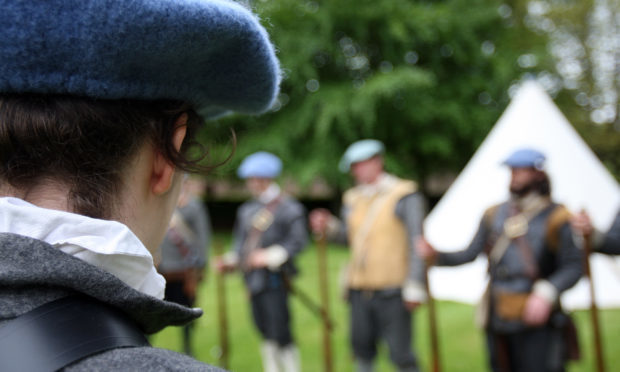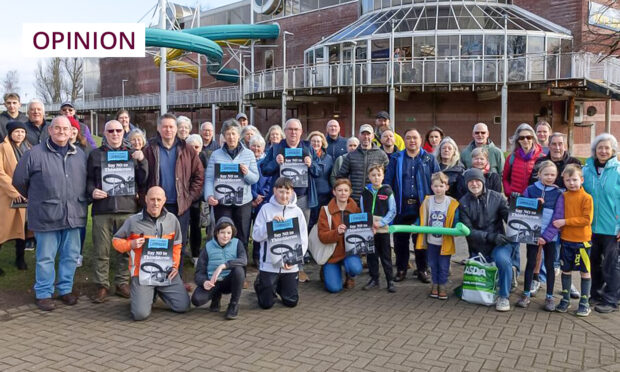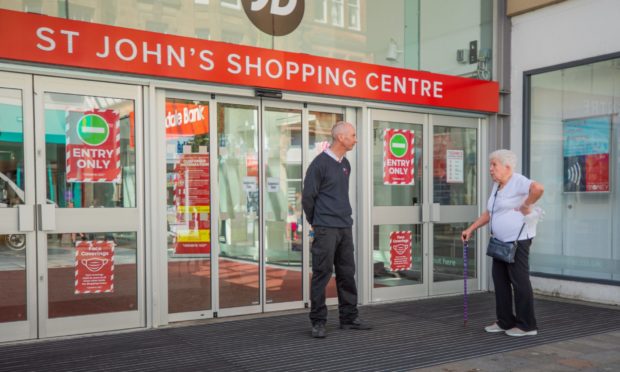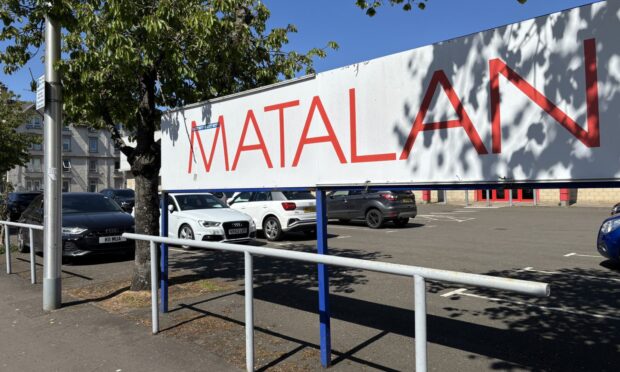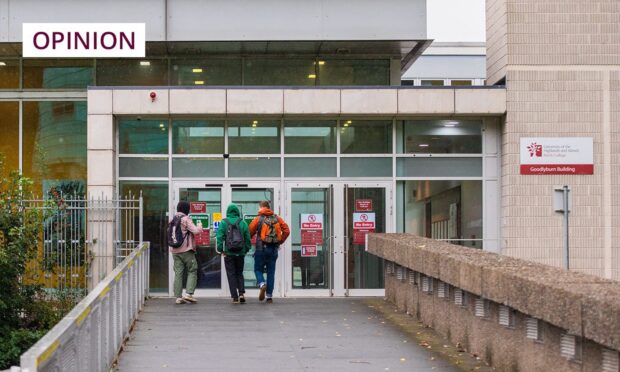Historians are worried that a massive development planned for Perth could wipe out unrecorded evidence of one of Scotland’s most significant conflicts.
The Battle of Tippermuir marked the first shots fired in the 17th Century Scottish Civil War.
It was the start of the Marquis of Montrose’s campaign for Charles I against the Covenanter armies of the Scottish Parliament.
The battle happened on an area of flat ground between Perth and the village of Tippermuir, now Tibbermore.
But the land is now earmarked as part of the £140 million Perth West project, the city’s biggest ever infrastructure scheme.
The expansion is expected to include around 3,700 houses and new businesses. The land, off the A9, has been unlocked thanks to £35m of roadworks, including the new A9/A85 junction.
The First Marquis of Montrose Society has now called for measures to fully research the land, before any development work begins.
The group was founded in 1995 to highlight the exploits of First Marquis James Graham, who led his troops to victory at Tippermuir.
In its submission to Perth and Kinross Council planners, as part of the Local Development Plan consultation, the society stops short of making a formal objection, but calls for a “constructive approach towards balancing battlefield development and sustainable development.”
Society spokesman Lieutenant Colonel Malcolm McVittie said: “It is vital that a battlefield conservation plan is prepared as a precursor to any masterplan being prepared, or planning application submitted.”
He added: “Before any development plan can be formed or accepted, further historical and archaeological research must be conducted to examine the possible deployment options and confirm the extent of the battlefield to be preserved.
“At present, there is no evidence of any archaeological research having been done specifically to locate and define the battlefield area.”
Mr McVittie also called for an up-to-date review of all evidence, to produce an agreed position on where the armies stood.
Interpretation boards could be used to highlight historic hotspots to visitors, once the battlefield has been mapped out.
In a report to councillors, a spokesman for the local authority’s planning office said site developers would be required to produce a Battlefield Conservation Plan.
“This provides a suitable context for any future masterplanning and planning
applications and ensures the heritage interests can inform the layout and
open spaces,” he said.
“The battle is relatively unknown to the general public, however,
the preparation of a Battlefield Conservation Plan affords the opportunity to
increase public awareness and potentially provide interpretive material.”
